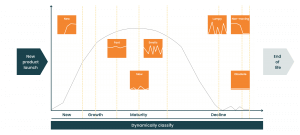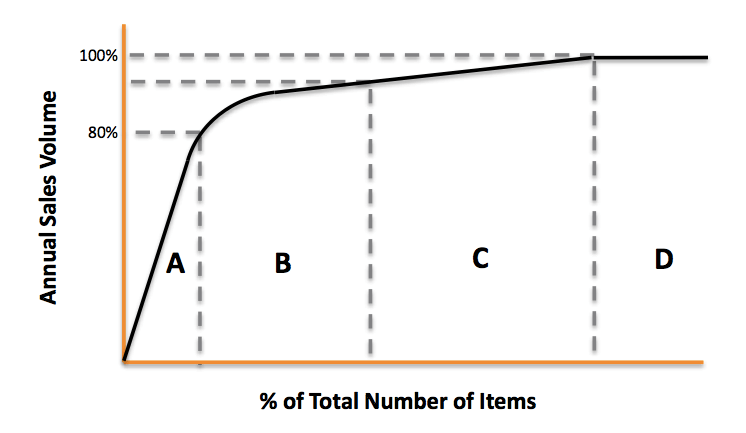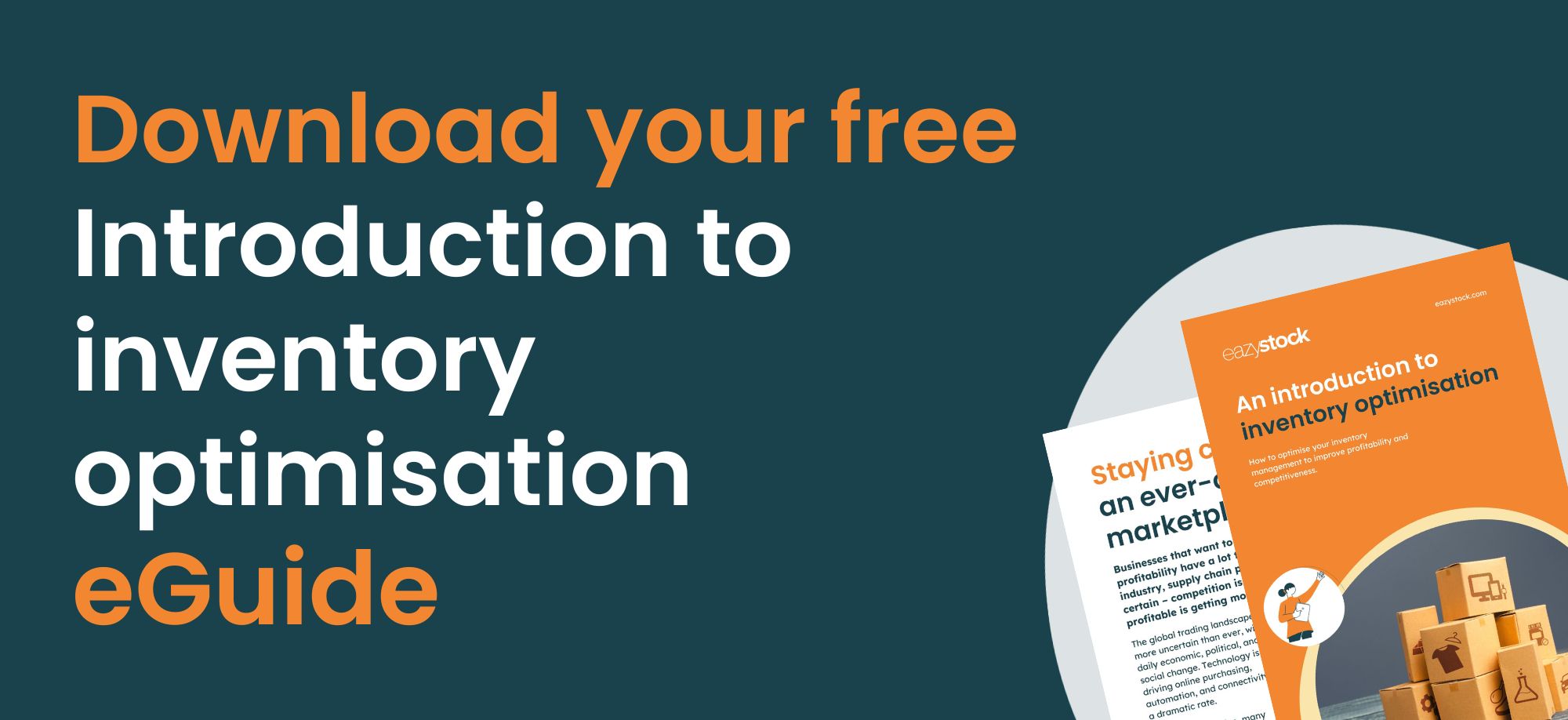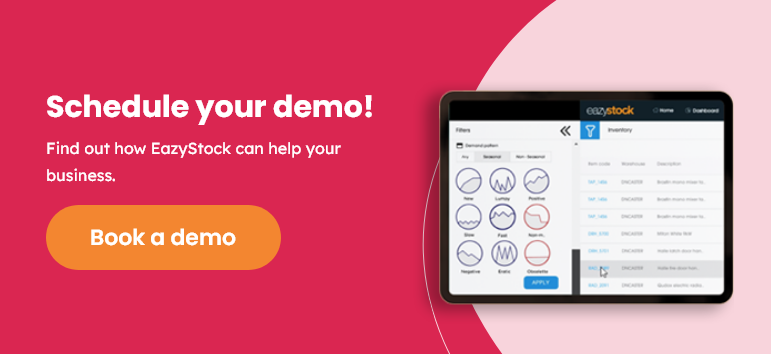Why is inventory optimisation better than inventory management?
Inventory optimisation is an often-misunderstood term. It isn’t just a fancy way of saying inventory management; it’s a way to elevate it. Here, we introduce inventory optimisation, explain what it involves and why you need it in your inventory management life.
What is inventory optimisation?
If you’re managing inventory, your focus will be ordering, managing, storing and moving inventory, supervising the flow of goods from manufacturers to warehouses and onto the relevant sales channels.
Inventory optimisation aims to cost-effectively order the right quantities of the right products to meet demand. This is done by accounting for supply and demand volatility and dynamically adjusting stock rules and inventory parameters. Inventory optimisation focuses on balancing service level (product availability) goals with inventory investment constraints to ensure optimal availability while reducing inventory costs and minimising the risk of costly excess or obsolete stock.
The advantages of inventory optimisation
Inventory management techniques need to catch up to other business areas regarding automation. We’ve transformed the efficiency of some of our clients by automating their manual processes and replacing spreadsheets with reports at the click of a mouse.
If you’re using an enterprise resource planning (ERP) or warehouse management system (WMS) with advanced capabilities to manage their stock, you’re already moving in the right direction, but these systems will struggle to provide accurate forecasts or calculate optimum order quantities, safety stock levels and reorder points. You might find that you’re still using spreadsheets to support these tasks, which takes time, reduces efficiency, and leads to problems such as:
• Inaccurate demand forecasting can lead to stockouts, missed sales opportunities and unhappy customers
• Estimated replenishment can see capital tied up in excess stock, which could result in costly obsolete stock that needs writing off or selling at a heavy discount.
• Manual order processing is inefficient and resource intensive. It is also prone to human errors and inaccuracies, perpetuating inaccurate forecasts and replenishment.
By optimising your inventory, you’ll consider demand variables, such as seasonality and campaigns, supplier lead times and schedules to determine exactly how much stock to order and when, so you can always serve your customers. This way, you’ll always have the right products in the right warehouse to fulfil demand without tying up too much capital in inventory.
Optimising your inventory will make you more competitive
Digitalisation, globalisation, and security threats are just a few macro trends affecting suppliers worldwide. New technology is making it easier for consumers to change their behaviours and habits rapidly and source cheaper and better products from all over the world. Consequently, businesses face complex supply chains and increasing competitive threats.
To manage these turbulent times, businesses need comprehensive IT systems to automate processes, improve efficiency, and keep ahead of the competition. Being confident in forecasts and stock levels allows you to meet customer demand when your competitors can’t, retaining customers and bringing in new ones.
Inventory optimisation techniques
There are three key inventory optimisation techniques, which we’ll discuss in more detail:
1. Demand forecasting
2. Inventory policy
3. Replenishment
1. Demand forecasting
When it comes to demand forecasting, using last year’s sales figures is fine if demand never changes. However, it won’t bring accurate forecasts where there is demand and supply volatility.
Every product you sell has a lifecycle. For example, when a product is first introduced to the market, it will have no historical demand. Then it will likely move into a positive trend as demand constantly grows until it becomes a stable and fast-moving good. From there, demand might get more irregular and then move into a negative trend before becoming a dying and then obsolete product. To ensure demand forecasting accuracy, you must track where each SKU sits in the product lifecycle.

Inventory optimisation software, such as EazyStock, calculates demand based on each item’s place in the product lifecycle using seven different demand stages. Rather than treating each item the same, this allows the system to use the most relevant algorithm so that you get the most accurate forecasts for each item. Demand forecasting also needs to consider seasonality. Knowing when you’ll get seasonal peaks and troughs in demand is important so you don’t miss out on extra sales or end up with excess stock at the end of a season. Identifying seasonal demand is key for forecasting accuracy. For example, there’s no point in forecasting demand in winter for a product that only sells in the summer (e.g. sunscreen) based on the previous quarter’s sales.
Rather than manually trying to calculate seasonal demand, inventory optimisation software does all the hard work for you to forecast demand considering seasonality, trends, supplier lead times and delivery schedules.

2. Inventory policy
The next step is to set your inventory policy to determine which products to stock and how much to keep.
ERPs are OK at managing individual stock items but aren’t so good at optimising across a range. Inventory optimisation software trumps inventory management thanks to aggregate-level statistical optimisation.
Aggregate-level optimisation allows analysis across multiple products, locations and time periods to highlight trends and patterns. This means you can optimise inventory levels, reduce costs and improve efficiency.
Optimising inventory at the aggregate level ensures you stock the right quantities to meet customer demand while minimising excess inventory and its associated costs.
One way of doing this is to use an inventory classification method such as ABC analysis to identify the items of most value to your company. ABC analysis classifies your inventory (A, B and C) depending on their annual consumption value, so you know which items to keep in stock and which ones you can order on demand. Our ABC analysis blog post provides more detailed information on classifying your items.

Another part of setting your inventory policy involves establishing sufficient safety stock levels. The right safety stock levels allow you to respond to unexpected demand increases, supplier disruptions or other unforeseen happenings. We explain more about how to calculate safety stock in our blog post.
Finally, if you have more than one warehouse, you must ensure you are stocking the right items in each one; otherwise, your optimised inventory levels will be undone. Multi-location inventory optimisation involves distributing your inventory across your warehouses in the right quantities at the right times. You can then move items from regions where demand is low to those where it’s higher. This allows you to ship products to local customers quickly and cost-effectively.
3. Replenishment
Last but certainly not least is stock replenishment. This involves calculating accurate reorder points and cost-effective order quantities and turning them into actual orders.
To help optimise your purchasing activity, you should always consider the following:
1. Supplier reliability
Knowing the lead times and supplier constraints for every SKU and its supplier is critical for effective replenishment, as supplier lead times significantly affect stock availability and service levels. For example, the Chinese New Year often causes significant supply disruptions, as many Chinese manufacturers shut down production, which many western distributors fail to account for in their replenishment planning.
2. Goods in transit
When setting accurate reorder quantities, you need to know more than what you currently have in stock – you need a complete overview of your stock levels. This means you also need to know what’s coming to your warehouse from your supplier and great trend-driven demand forecasts that include seasonality and other variations. While this may seem obvious, most ERPs and other systems either don’t have this information available in an easily retrievable way or don’t have it at all, so it’s easy to miss.
Conclusion – Inventory optimisation is better than inventory management
As we’ve explained, bringing the core inventory optimisation techniques of demand forecasting, inventory policies, and replenishment activities into your inventory planning can increase efficiencies and reduce costs. Each aspect is crucial to guarantee you have the right stock in the right places at the right time to meet customer demand.
While you can carry out inventory optimisation calculations in Excel and manually enter them into your ERP, keeping accurate records is almost impossible if you have hundreds or thousands of SKUs.
EazyStock inventory optimisation software automates your forecasting, stocking policies and reordering processes. It generates daily order proposals, so inventory management teams can choose to approve every order or manage by exception. The result is optimised inventory management that saves time, money and resources.
If you’d like to know more about EazyStock, or inventory optimisation techniques, get in touch to speak to one of our friendly team.
Last updated: 13/02/2023











